Easy Guide: How to Hang Art Pieces on Your Wall
Share
Welcome to the world of home decor where the final touch to any room often comes down to the art that graces its walls. Learning how to hang art pieces on wall surfaces is an essential skill for anyone looking to enhance their living space with visual appeal and personal expression. Whether it's the shimmering allure of a metal sculpture or the dynamic presence of an abstract painting, proper art installation can dramatically transform the ambiance of your home.
At Modern Elements Metal Art, we understand that hanging art is not just about putting nails in the wall—it's an art form in itself. Our pieces, created by the talented metal artist Christopher Henderson, are designed to captivate and inspire. But before you can appreciate the full impact of these artworks, you must first master the art of displaying them appropriately.
Embracing the art of installation begins with recognizing that each piece requires a thoughtful approach to placement, orientation, and security. This guide will provide you with the knowledge and techniques needed to showcase your art pieces in a manner that is both secure and aesthetically pleasing. From selecting the right tools to measuring and aligning with precision, we'll ensure that your art hanging experience is as seamless as the design of our crafted pieces.
Explore handcrafted modern art by metal artist Christopher Henderson and begin your journey towards creating a gallery-worthy space in your own home.
Selecting the Perfect Spot for Your Artwork
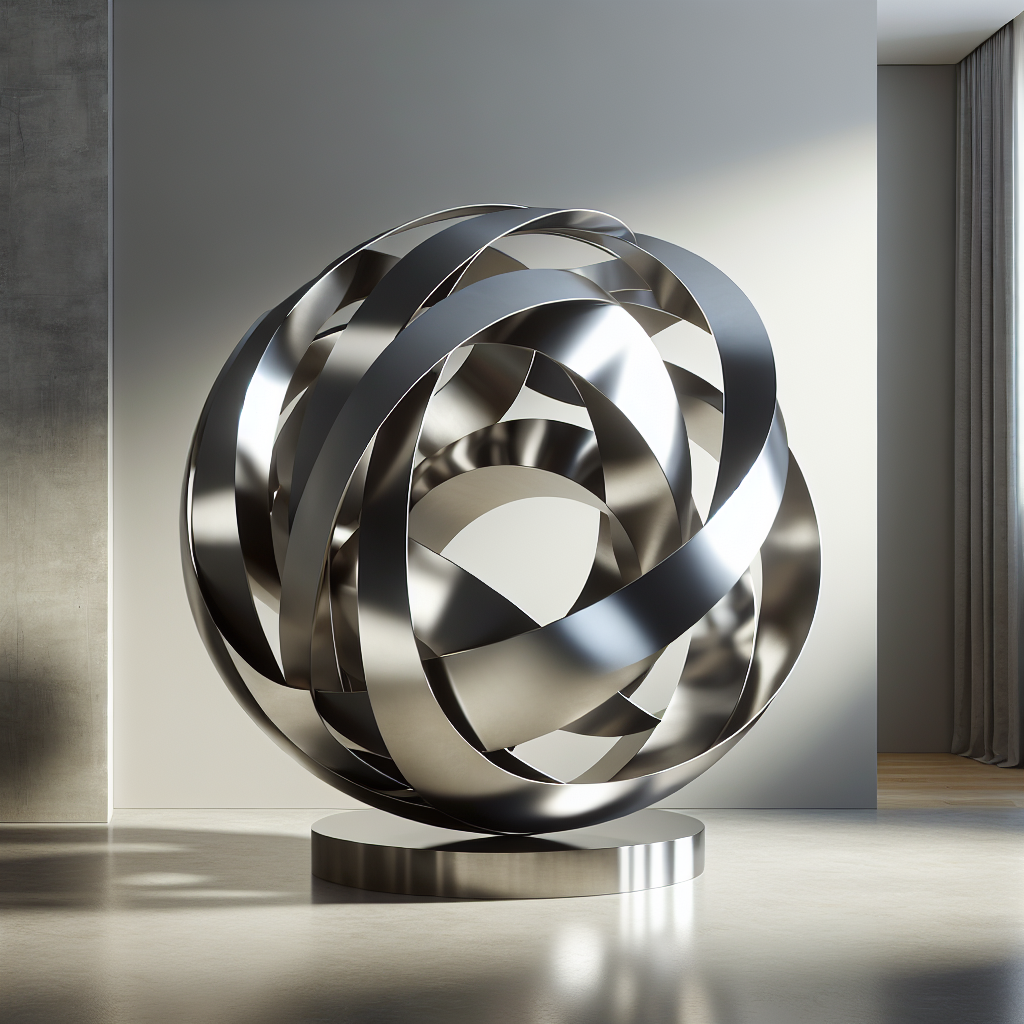
When it comes to elevating the aesthetic of a room, the placement of your artwork is just as crucial as the piece itself. It's not merely about finding an empty spot on the wall; it involves considering the interplay between the art, the space, and the viewer. A harmonious balance should be achieved by taking into account the size of the wall, the color scheme of the room, and the existing decor.
Eye level is key; this generally means the center of the artwork should be approximately 57 to 60 inches from the floor, which is the average human eye level. However, this rule can be adjusted to suit the specific dynamics of your space. For instance, artworks hung above furniture should maintain a gap of 6 to 8 inches to create a visual connection without overcrowding.
Lighting also plays a pivotal role in selecting the perfect spot for your artwork. Natural light can enhance the colors and textures of a piece, but beware of direct sunlight which might fade the materials over time. Artificial lighting, such as picture lights or track lighting, can be employed to highlight the artwork and create ambiance.
Remember that the artwork should be a focal point, not an afterthought. Consider the flow of the room and the angles from which the piece will be viewed. A great piece of art in the wrong place can be overlooked, while the right spot can make even a modest artwork sing. Take the time to experiment with different locations; sometimes the perfect spot is not where you first expect it to be.
Choosing the Right Hanging Hardware
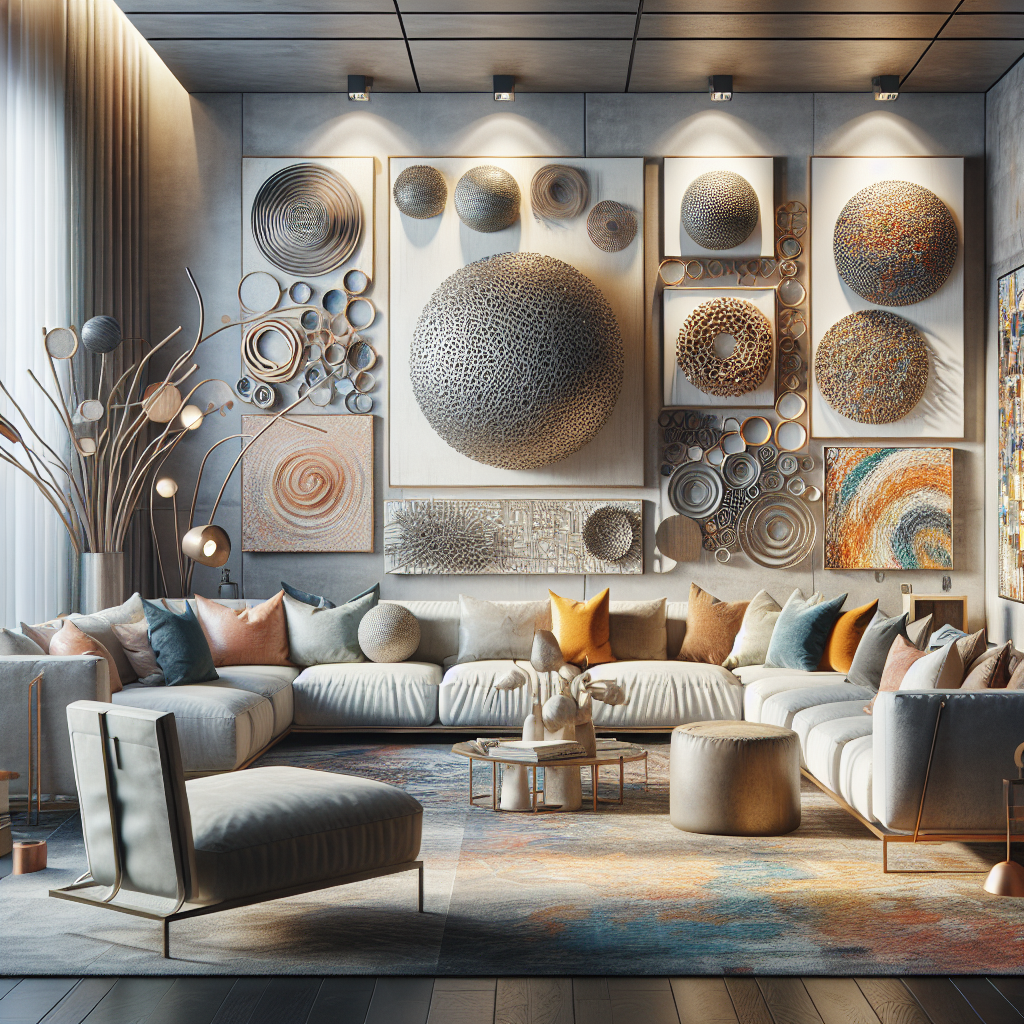
The integrity of your art display hinges on selecting the appropriate hanging hardware. Different wall materials and the weight of the artwork will dictate which fixtures to use. For lightweight pieces, simple adhesive strips or hooks can suffice, ensuring a damage-free installation. However, heavier artworks demand more robust solutions, such as anchors and screws, to securely anchor the piece to the wall.
For drywall, using a stud finder is beneficial to locate the sturdy wooden beams behind the drywall. Anchoring your artwork to a stud is the most secure method, but if that isn't possible, drywall anchors can be used. These are specially designed to spread the weight across a larger area, preventing the artwork from pulling out of the wall.
In the case of plaster walls, it's important to be extra careful to prevent cracking. Picture rail molding with hooks is an elegant and traditional method that avoids making holes in the walls. For brick or concrete walls, masonry screws are necessary, and you'll likely need a power drill with a masonry bit to install them.
When in doubt, consider consulting with a professional, especially for valuable or heavy pieces. They can provide advice on the best hardware for your specific situation, ensuring that your artwork remains safely and beautifully displayed for years to come.
Step-by-Step Guide to Hanging Art Securely
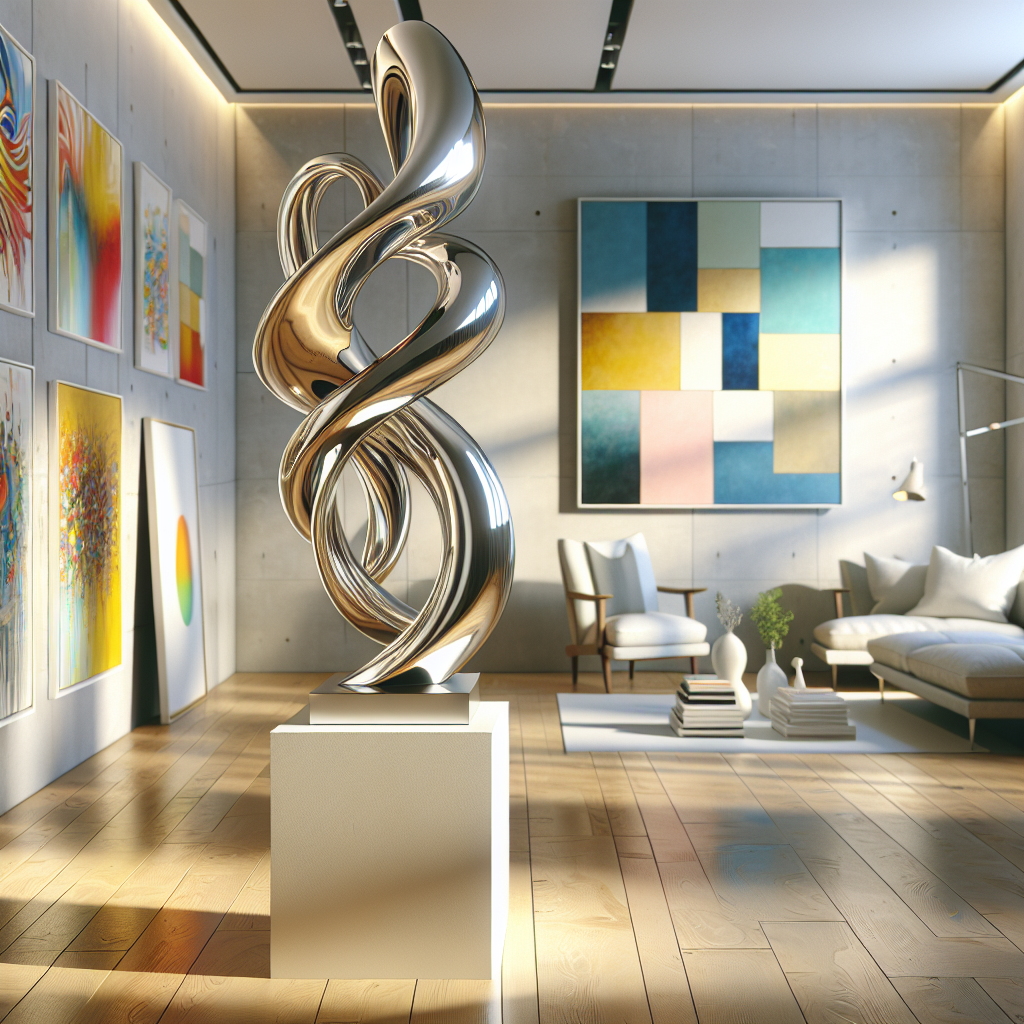
Hanging art pieces on your wall can seem daunting, but with these steps, you'll ensure they are displayed securely and with style. Begin by gathering all necessary tools and hanging hardware based on the weight and type of your art piece, as discussed in the previous section on choosing the right hardware.
Start by measuring the height at which you want to hang your art. A good rule of thumb is to place the center of the artwork at eye level, which is typically 57 to 60 inches from the floor. Mark this spot on your wall. Next, locate the position of the hanger on the back of your artwork and measure the distance from the top of the artwork to the hanger's location.
With these measurements in hand, return to your wall and measure down from the marked center point to determine where to install your hardware. This will ensure that the artwork hangs at the desired height. If you're using a wire hanger, pull the wire taut with your finger and measure to the top of the frame to get an accurate location.
Now you're ready to install the hanging hardware. If you're drilling into studs, make sure to use a level to keep your screws straight. For drywall anchors or masonry, drill the appropriate sized hole and insert your anchor firmly. Once the hardware is in place, carefully hang your artwork and adjust as necessary to make sure it's level.
If you're hanging multiple pieces in a gallery wall arrangement, lay them out on the floor first to finalize your design. Then, transfer the layout to the wall, keeping consistent spacing between frames for a cohesive look. With patience and precision, you'll have a securely hung, visually pleasing display that enhances your space.
Aligning and Leveling for Aesthetic Appeal
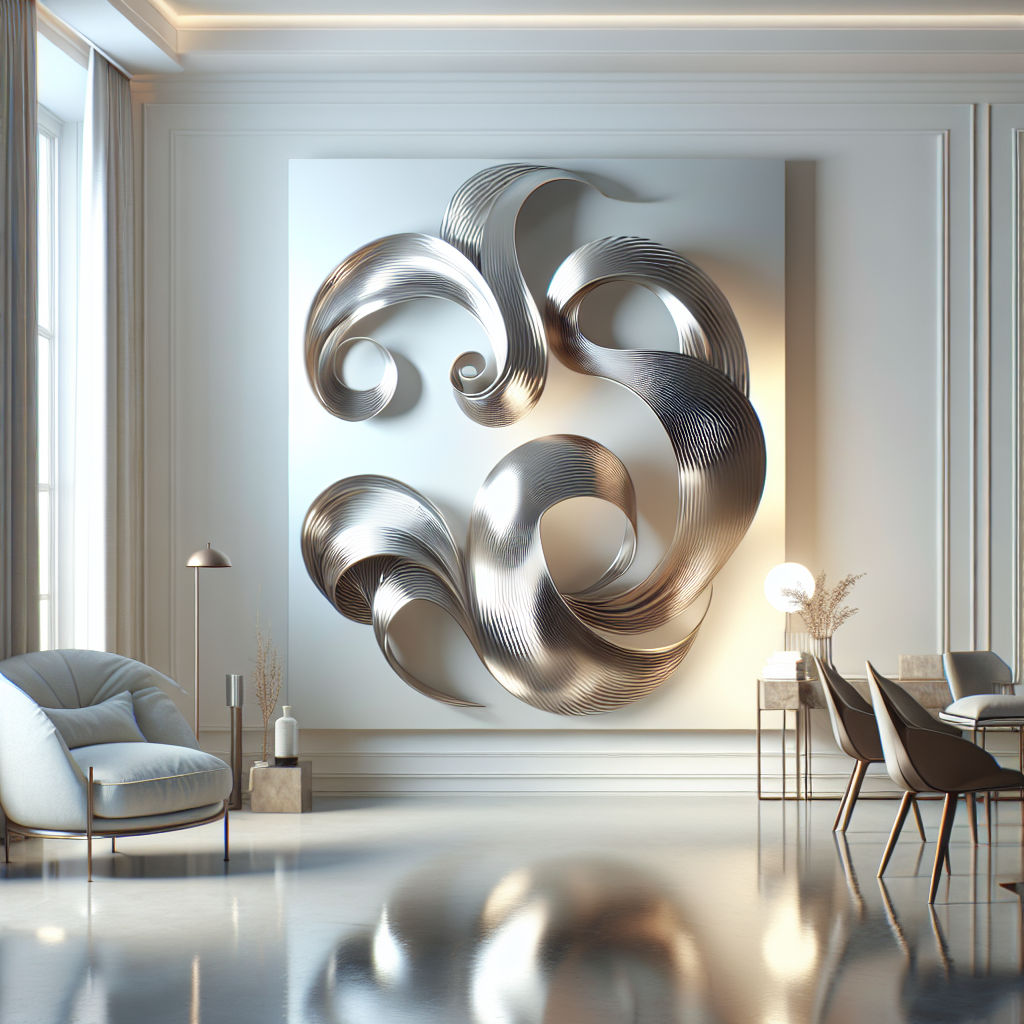
Once your art pieces are securely hung, the next critical step is to ensure they are perfectly aligned and leveled for maximum aesthetic appeal. This is where attention to detail can make a significant difference in the overall look of your display.
Begin by using a level to check that each piece is straight. Minor adjustments can be made by gently shifting the frame or adjusting the hanging hardware slightly. For pieces hung side by side, make sure the tops or bottoms of the frames align, unless you're intentionally going for an asymmetrical look.
For a gallery wall, maintaining a consistent and even spacing between your art pieces is key. A general guideline is to keep a distance of about 2 to 3 inches between each frame. This spacing can be adjusted to suit the size and number of pieces you're hanging, but the important part is to be consistent across the display.
In cases where you have pieces of varying sizes, aim to create balance by positioning larger and smaller pieces throughout the arrangement. This can prevent the display from feeling lopsided. You might also consider aligning your artwork around a central piece to anchor your gallery wall and give it a focal point.
Remember, the goal is not just to hang your art, but to do so in a way that enhances the beauty of each piece and the space it occupies. By taking the time to align and level your art meticulously, you'll achieve a harmonious and professional-looking display that captures the attention and admiration of all who view it.
Maintaining and Adjusting Your Wall Art
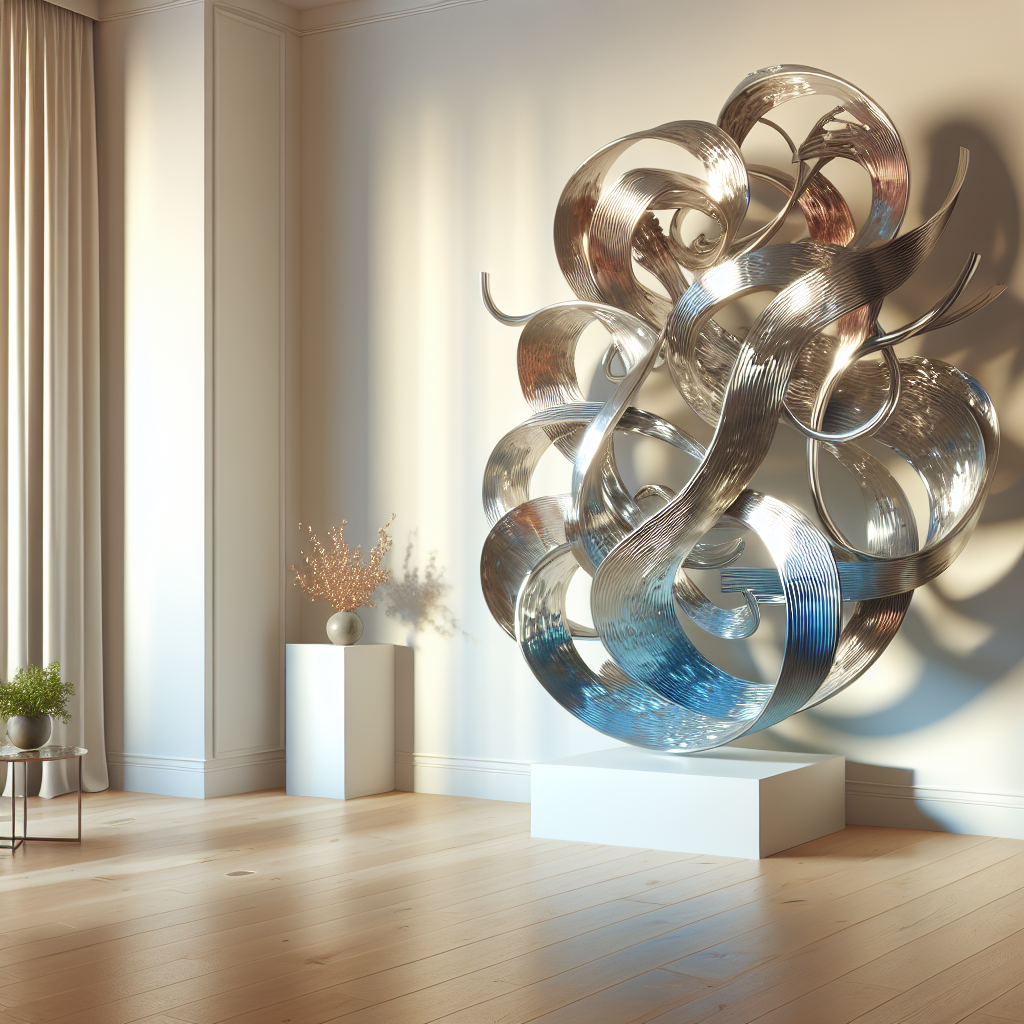
Once your art pieces are perfectly placed, maintaining and adjusting them over time is essential to preserve their condition and ensure they continue to enhance your space. Regularly dust your art with a soft, dry cloth to keep it looking fresh. If your pieces are exposed to sunlight, consider rotating them periodically to prevent fading. Additionally, check the security of the mounting hardware from time to, as it can loosen over time, especially in high-traffic areas where walls may be subject to vibrations.
Should you decide to refresh your space or add new pieces to your collection, reevaluating the placement and alignment of your existing art is a good practice. This might involve adjusting the height, spacing, or arrangement to accommodate new additions or to simply reinvigorate your decor.
For those looking to elevate their spaces with unique, handcrafted metal art, explore handcrafted modern art by metal artist Christopher Henderson. Whether you desire a mesmerizing abstract piece or a functional yet decorative wall clock, Modern Elements Metal Art offers a variety of sophisticated options to suit your taste. Remember, the right piece not only fills a space on your wall but also embodies your personal style and enhances the ambiance of your home.
By investing a little time and care into maintaining and adjusting your wall art, you ensure that your living or working space remains a dynamic and visually stimulating environment. Embrace the process and watch as your art continues to tell its story and bring joy to your everyday life.






